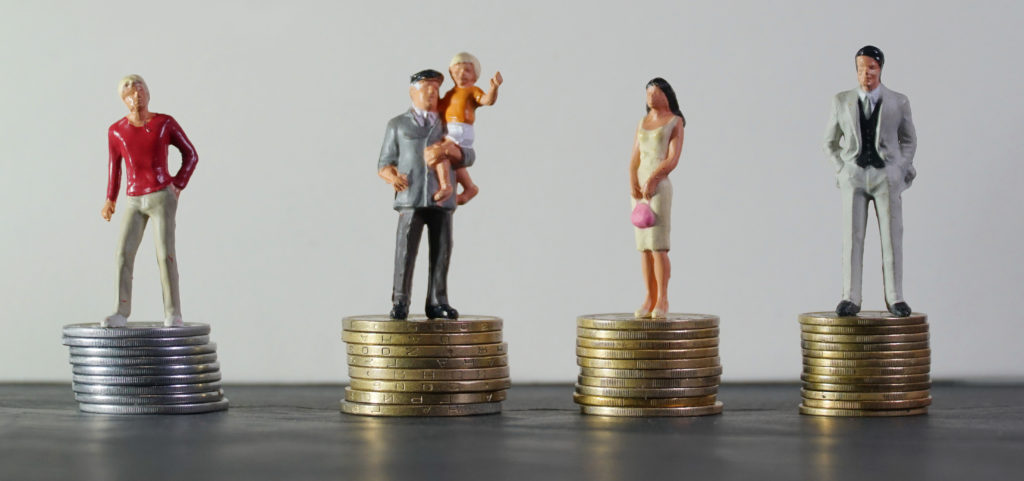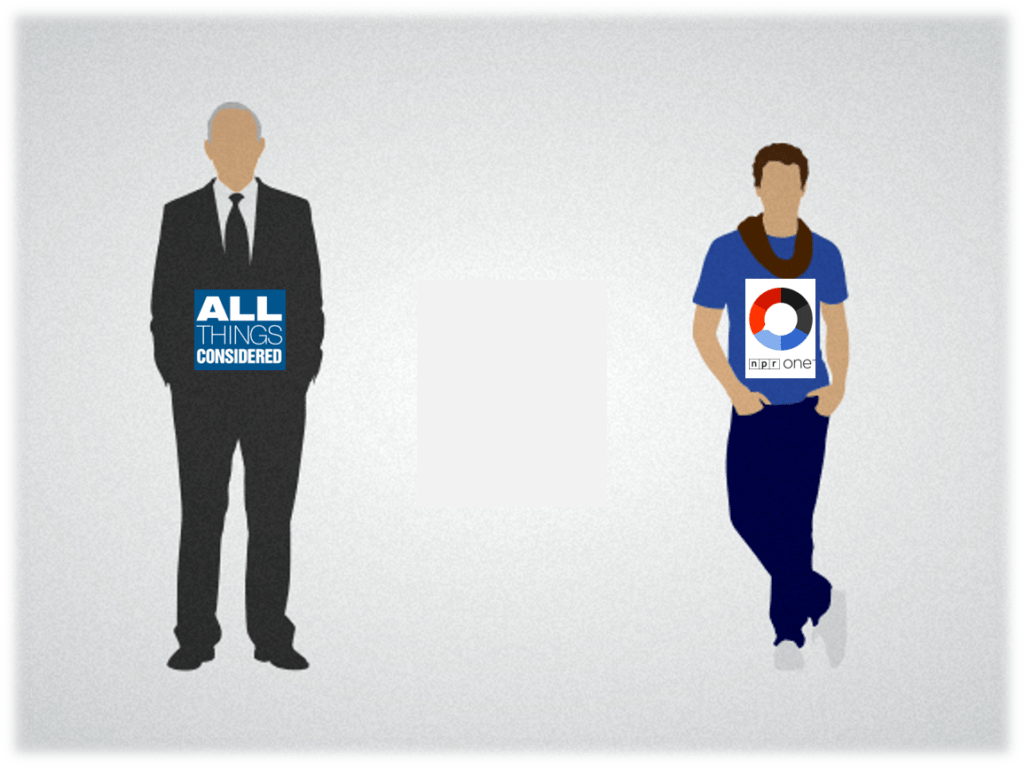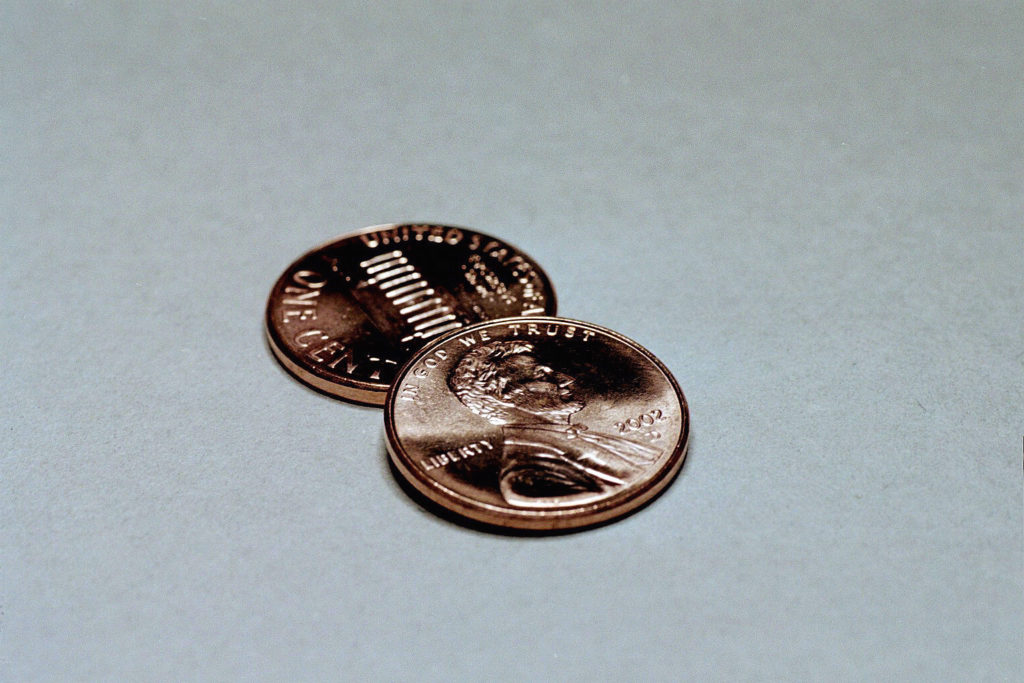
A few years ago, I had the pleasure of meeting – and working with – Brian Biniak, He’s the founder & CEO of Connected Travel, a company that specializes in interactive driving experiences.
Connected Travel focuses on both the driver and passenger economies – important focus of the in-car infotainment landscape that very much impacts the broadcast radio industry.
In the course of our conversations with Bryan and his team, we had many questions about how these integrations would affect broadcast radio, and whether the industry could find a way to participate.
And the Connected Travel team had questions for us – about the inner-workings of the radio industry, its economy, and the mindsets that govern how the medium has evolved.
Through the course of our mutual learning sessions, Bryan and his group peppered us with questions – most of which we were able to quickly and confidently answer (or at least find the answers from available industry resources).
Until he asked us this:
What’s the value of a radio listener?
That one stopped us. We know the value (more or less) of audience ratings, and how that differs by market size and demographic groups. We know the rough worth of a  ratings point in both Chicago or Chattanooga.
ratings point in both Chicago or Chattanooga.
Bryan asked this question because that’s the metric automakers and technocrats often use in their calculus. As we learned from consultant John Ellis a few years back, Google (and other tech companies) has been especially driven by the worth of an average consumer – particularly their data. As John has posited, the day could come when cars are given away for free because the value of a driver’s (or passenger’s) data is so high – and growing.
If you think that’s crazy, look how inexpensive smart speakers have become, often bundled with other deals like a Spotify subscription or a Nationwide Insurance policy. The only reason smartphones are so expensive is that Apple has done an amazing job of creating value. Most other tech toys – from TVs to computers to tablets – have all dropped in price.
But the intrinsic worth of someone who listens to the radio?
He had us.
 Now, a little back-of-the-cocktail napkin math can run the basic numbers – the industry’s gross revenue, say about $14.5 billion, divided by its total reach, or roughly 243 million people.
Now, a little back-of-the-cocktail napkin math can run the basic numbers – the industry’s gross revenue, say about $14.5 billion, divided by its total reach, or roughly 243 million people.
It’s crude, but it comes out to about $60 bucks of value a year – per listener. Or around 16¢ day.
Simplistic, of course, but telling. I’m sure the statisticians out there are cringing by my crude calculation, but it’s a rough estimate of what all those listeners generate per year in ad revenue.
And I’ll bet it’s a number that’s a lot smaller than many might have guessed – especially the people who own radio stations.
Some of you have no doubt read Dick Taylor’s Blog. Dick is a life-long, self-described “Radio Guy” who has done it all – programmed, sold, managed, and taught. And he’s smarter than me, cranking out just one very strong blog post every week. But it’s always a good read.
Last week, he asked the question, “Has Radio Become a Commodity?” Dick’s concern is that while  technology has made doing radio convenient and easier, something has been lost in translation.
technology has made doing radio convenient and easier, something has been lost in translation.
His point is that radio has become commoditized, no longer as reflective of local and regional differences as it once was during those halcyon days.s
And he quoted Tyler Cowen, an econ professor at George Mason University.
“It is possible we will look back on the present day as a special time when both patterns of cultural consumption could be enjoyed in tandem and enriched (by) each other. But I suspect not. As today’s over-50 crowd slowly passes away, and our experiences fade from collective memory, I wonder if the world might be in for a bigger cultural shock than we currently realize.”
Think about that from a radio perspective. The radio medium’s audience has skewed older for some time now. And yet, the practice of focusing on the 25-54 sweet spot has now begun to wall off those older demographics in the name of sales.
But what’s the value of a 50+ radio listener vs. one that’s under 40?
In some ways, public radio has a more intrinsic understanding of value because it literally has to place a value on its listeners. And managers in the system know that while it is essential to attract young people to public radio, membership and donations most definitely skew in the AARP direction. This has forced strategists in the public radio system to focus on both audience groups, seeking out the common threads.

Different approaches for different listeners. Because at the end of the day, they have different values, whether we’re talking listening, podcast usage, donations, social engagement, loyalty, and evangelizing. Fortunately for both NPR on the one hand, and a public radio station in a small market, the generations agree on their values – even though their value is different.
That provides public radio strategists with a pathway to approach these different audience groups in different ways, with different content, and different incentives. While public radio may look at the same 25-54 rankers commercial stations live and die for, they also have an intrinsic understanding of how subsets of listeners can bring unique contributions to their brand.
Their older audience may be well north of the target audience, but their financial contributions are significant, dependable, and predictable. Younger listeners – including Gen Z’s – may also be outside the parameters of adult demographics, but they represent the future. They’re why public radio stations and networks are investing in podcasts, smart speaker content, streams, video, and other platforms. They know that while they may not be able to cash in on younger generations with either ratings or membership, these fledgling listeners are part of their long-term game plan.
Commercial radio operators might want to take some of these same considerations into account. No, they don’t deal in donations or membership. And they’re not trying to cajole listeners into becoming subscribers.
But they now need to take a more nuanced look at their audiences, their relative value, and their contributions. When your entire benchmark of success is your performance in a 30-year age span that  advertisers say they want, you’re limiting your potential – in both ratings and revenue. And you’re endangering your future.
advertisers say they want, you’re limiting your potential – in both ratings and revenue. And you’re endangering your future.
Does it take more work to reach each end of the spectrum, and find ways to attach a value to them? Of course.
But a simple analysis of listening patterns suggests audience shifts and advertiser instability.
This is the time to rethink the givens, and start thinking about the value of a radio listener.
At least that’s my two cents.
- What To Do If Your Radio Station Goes Through A Midlife Crisis - April 25, 2025
- A 2020 Lesson?It Could All Be Gone In A Flash - April 24, 2025
- How AI Can Give Radio Personalities More…PERSONALITY - April 23, 2025




Great article. My internet talk radio station is concentrating on the 50+demographic and I can attest that these bracket listeners are loyal and steadfast.
The technology bridge poses no real challenge as most are well up to date.
Streaming is evolving and its a breath of fresh air not to be under the “gun” of the FCC.
I would welcome wisdom for improvement: http://www.talkoneradio.com
Thank You for being a great source of inspiration and education.
Alan K.
Alan, many thanks for the thoughtful comment. When the industry simply values its 25-54s because that’s what agencies dictate, it sells itself short – especially at a time when the competition is only intensifying.
I’m afraid I have to challenge some assumptions or liberties taken in your analysis of value. You’re calculating “cost”, not value. The value of the radio listener is not the same as the cost of obtaining a radio listener. Perhaps you can take a page from google’s book and conjure an algorithm wholly unrelated to reality, and call it magic. An algorithm that measures that $.16/head cost against the lifetime spending habits – past and projected of each of those heads.
It may not be as much about re-evaluating old givens as it is about debunking the naked emperor (google-esque metrics)
Wally, as I stated in the post, I’m not holding these numbers up as Gospel. The fact I earned a degree in General Studies to avoid having to take math or stats classes tells you all you need to know about me. As for algorithms, we’re on the same page. Oftentimes, there are no clothes. Thanks for commenting.
These sorts of numbers are always sketchy. I think a deeper dive might be a fun analysis. Also, podcast listeners are they worth more or less??
John, you’re asking good questions that are out of my pay grade. My numbers are sketchy and just estimates, but they call into question that need to value audiences differently. As for podcast listeners, the data is so sketchy it’s really not possible to know. We don’t even know if “downloads” equate to listening and whether consumers sit through long enough to even hear commercials.